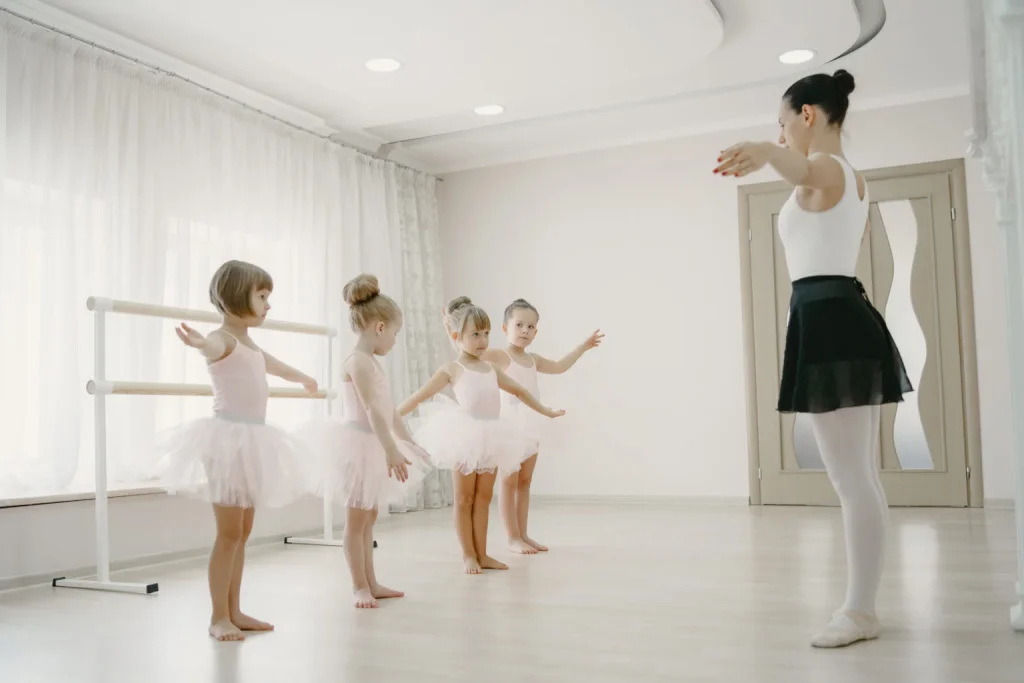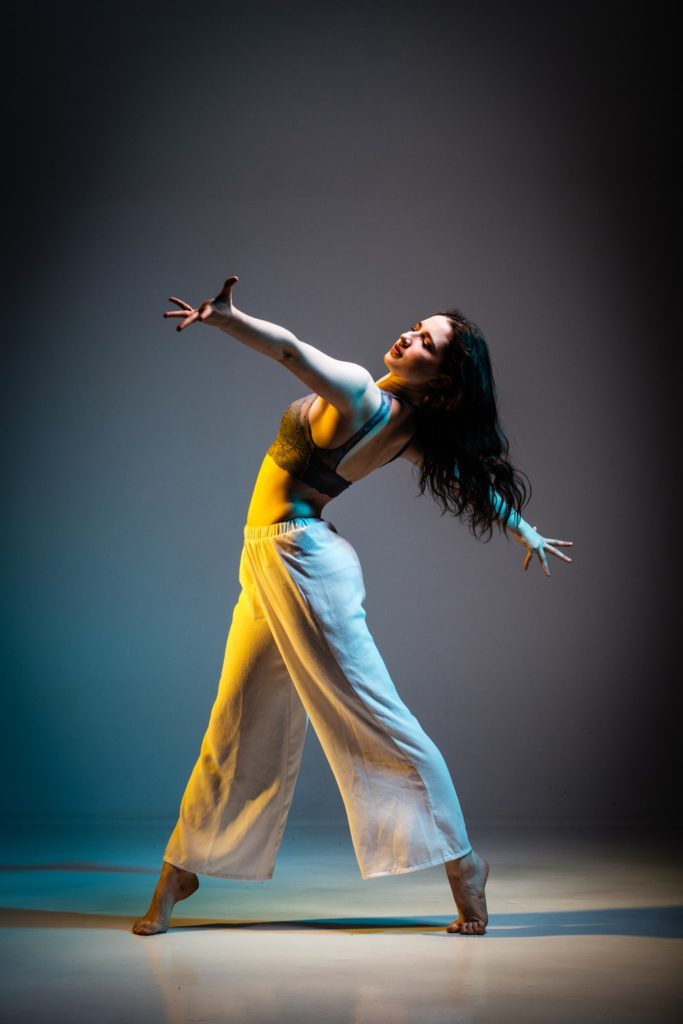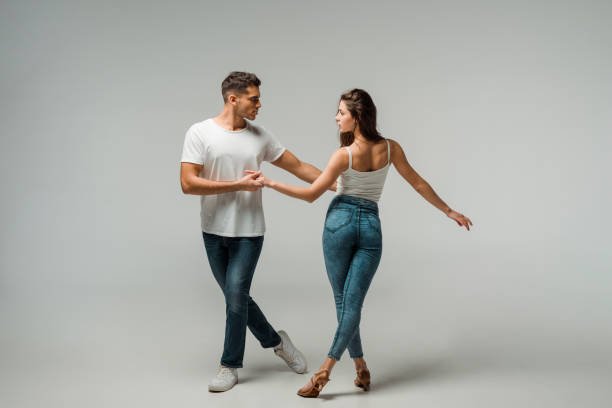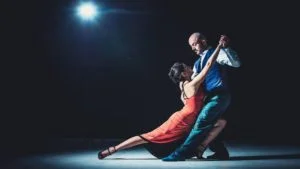Have you ever had that argument with your child where you tell him not to learning dance forms but he carries on anyway? Ever wondered how could dancing help him in his career? And the fact that he wants to enrol in more dance classes seems a fruitless activity to you? Well, then I have some news for you. Mastering new moves, and perfecting the timing to match with the beat, is said to be better for the brain than other kinds of exercises like stretching or walking.

Mental agility
The mere act of rehearsal of a dance routine is said to improve the agility of the mind. Learning new body postures, stances and gestures help the child to absorb new ideas better, and it helps to store the information in a better manner, thus the retrieval gets even easier.
Involves several cognitive and physical functions
Dancing involves synchronization of movement to music, memorization of step sequence, thereby involving several cognitive and physical functions through perception, execution, memory, and motor skills. dance serves as a language that is communicative and expressive, the movement of the body is interconnected with that of the mind and the spirit. Dance/Movement Therapy has been found to have a positive effect on children’s cognitive development immensely, thereby creating a good environment for cognitive development.
Different types of intelligence
Dance involves non-verbal spatial and musical intelligence, which means, dance helps in building the capacity to visualize shapes and objects, their spatial relations, and the movements they make to form a new spatial relation. The ability to mentally rotate pictures and 3D shapes in mind. Musical intelligence is the capacity to understand the various rhythms, tones, and pitches used to make a piece of music.
These two types of intelligence were given to us by Howard Gardner, here the kids who dance are very said to be very lucrative in the terms of creativity. Dance even requires children to learn the vocabulary of it, while discussing and evaluating a dance sequence, thereby improving their linguistic skills. And since they typically work in troops, it is necessary to understand that these dance program helps to build their interpersonal intelligence. And intrapersonal intelligence too? Of course, dance becomes a medium of expression, it helps to explore themselves and becoming more aware of who they are.
Action Observation Network
Researchers have investigated how dancing affects the brain’s function in the action observation network (AON). What AON means is that the brain’s network of sensorimotor brain regions, these are collectively called action observation network, now this set of the network is more responsive in a dancer when they see a dance routine they are familiar with better than the non-dancers even when they have seen the routine a couple of times.
Functional connectivity
The motor learning loops of the brain are different in expert dancers than compared to those that are not. These loops are very essential in training and performance because these loops control body movement and action selection. These dancers have enhanced functional connectivity.
Depression and dance
Dancing works as a medium to express those feelings one cannot seem to express otherwise, and depression is a mental illness that is generally diagnosed by the feelings of sadness, the difficulty to regulate emotions, among others. Researchers have examined that dancing is a good treatment therapy for depression because it focuses on body movement and emotional expression which helps to alleviate the symptoms of depression and it helps to reduce the levels of depression as shown by psychometric measures.
Boosts memory
Dancing improves brain function and boosts memory. Research conducted concluded saying dancing improves cerebral health and spatial memory.
Stimulates nerve growth factors
Dancing is said to boost the connectivity between both cerebral hemispheres and long-term dance practice positively affects brain activity. This is linked to the brain’s ability to form new neural connections to change and adapt. Dancing can be used as an intervention for many neurological diseases like stroke, Parkinson’s disease, and cerebral palsy.
Sense of satisfaction
Dancing affects the mind by contributing to a sense of satisfaction. The practising sessions can be very satisfying even when you cannot see much improvement in their dance routines, eventually, you will. Most dancers by the end of their day feel satisfied with completing their exercises, the dance routines, and their daily stretches.
The “Dancer’s High”
Dancing contributes to an overall sense of happiness. Dancing has an increased effect in the sense of endorphin release because it is not just the physical activity that affects the mind, it is also the music that affects the mind more positively. Endorphin and adrenaline work together to create this dramatic “dancer’s high”. And hence, they look very happy and full of energy after a dance performance.
Old age
In late adulthood, dancing has proven to improve memory and less risk to dementia in old age by at least 60%. Participation in dance groups helps to preserve cognition from further decline but might not improve cognition itself.
Dancing is not just a hobby as we may take it to be but dancing is science and art, science because it requires discipline, and accuracy without which dance wouldn’t create the impact it generally does on the audience and the performer. Without discipline, the child will not learn the importance of maintaining a correct body posture and dancing in sync with the beats of the music.
Without discipline, accuracy cannot be achieved. Art because it is an acquired process. It is not easy to dance, shaking a leg or two won’t make you a dancer or improve your child’s cognition. It is an art, to be able to express emotions in a manner of body movement. And finally, it is a spiritual process, it helps to create a connection with the Supreme Power because dance helps to explore more about oneself and the creation. After reading this article, if I were in your place I would’ve enrolled my child in a dance class if s/he wasn’t already enrolled in it.
Share with your friends





